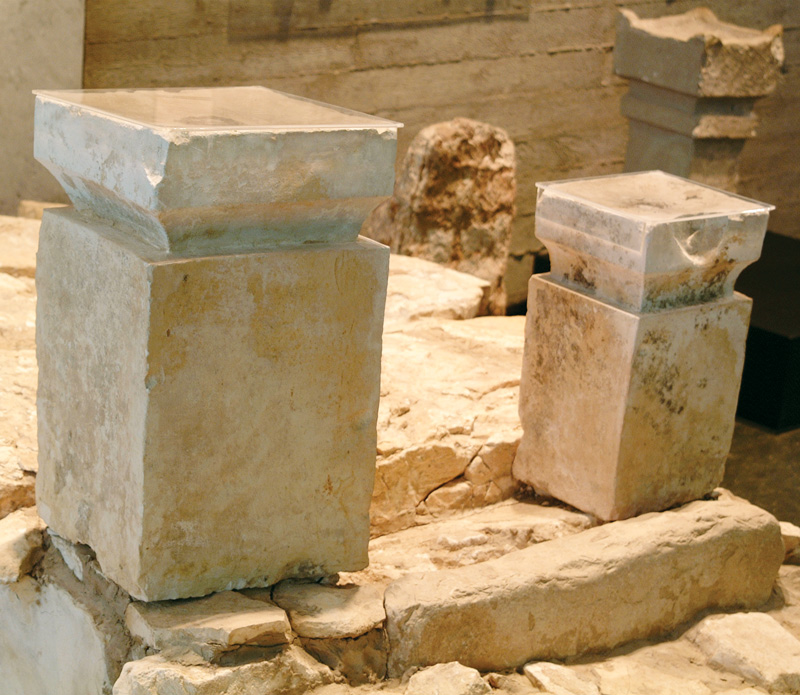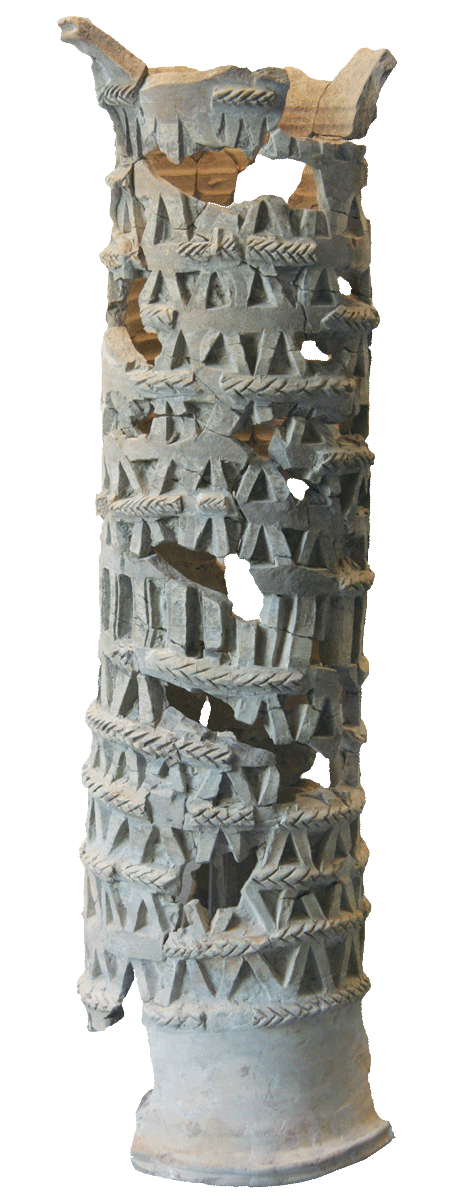Leviticus
Be Holy for I Am Holy
Central Teaching
The book of Leviticus teaches the Israelites how to approach and worship the holy, awesome God, who rescued them from Egypt and now lives in their midst.
Memory Verse
Setting
In Exodus, God spectacularly delivers the Israelites from Egypt. At Mount Sinai he then enters into a covenant agreement with them. A critical component of that covenant is the promise that God’s presence will dwell among them. Thus the entire final unit of Exodus (25–40) describes how to construct the tabernacle, the place where God will live among them. Leviticus is a logical sequel to these latter chapters of Exodus, for Leviticus describes the procedures that will be used in the tabernacle to worship God. Keep in mind that the Israelites were on their way to Canaan, where they were to settle and to use the practices of Leviticus to worship and fellowship with God. Yet the influence of pagan worship in Canaan was very strong. Much of Leviticus is concerned with countering these pagan practices and reorienting Israel’s entire worldview toward the God of Abraham, who had just delivered them from Egypt.

An incense altar from the city of Arad
Message
If the holy, awesome God is coming to dwell among them in the tabernacle (Exod. 25–40), how will that change their lives? How can sinful people survive with the holy, awesome God living in their midst? How should they approach him? What is the appropriate way to praise God and thank him for his blessings? How can sin be covered so that the relationship is not severed? The book of Leviticus answers these questions. Leviticus stresses that everything in the people’s lives will change because now—with the holy presence of God residing in their midst—all of their thinking and acting will revolve around what is holy and what is clean. Within this context, four primary themes run throughout the book: (1) the presence of God, (2) holiness, (3) the role of sacrifice, and (4) how to worship and live within the covenant.

Replica of a “horned” altar at Beersheba
Outline
Interesting Features
- Leviticus illustrates the practice of sacrifice, which is essential for understanding the New Testament theology of the cross.
- Leviticus describes the Day of Atonement.
- Leviticus teaches us how serious God is about keeping holy things separate from profane things.
- Four times Leviticus repeats the phrase, “Be holy, because I am holy” (11:44, 45; 19:2; 20:26).
- Leviticus contains the second great command, “Love your neighbor as yourself” (19:18).

Terra-cotta lampstand or incense burning stand, 1850–1250 BC
Connections
In Leviticus we learn the concepts of substitutionary sacrifice and atonement, concepts that find ultimate application in the crucifixion of Christ. Likewise, Leviticus stresses the matter of clean/unclean and holy/profane issues, which are essential to mature Christian living. Jesus points out the distinction between understanding the issue of clean/unclean as mere ritual and understanding the true issue as relating to what is in one’s heart (Matt. 15:1–20; Mark 7:1–23). In a similar way, although we are not saved by our works we are, nonetheless, called to lead holy lives (1 Pet. 1:15–16). The rituals of Leviticus forced the Israelites to view all of life in terms of clean/unclean and holy/profane. We can learn from this. We have the holy, awesome God dwelling within us (1 Cor. 3:16–17; Eph. 2:22) rather than in the tabernacle. Thus we should be even more conscious than the ancient Israelites in Leviticus were of holiness and the need for us to be clean and holy.